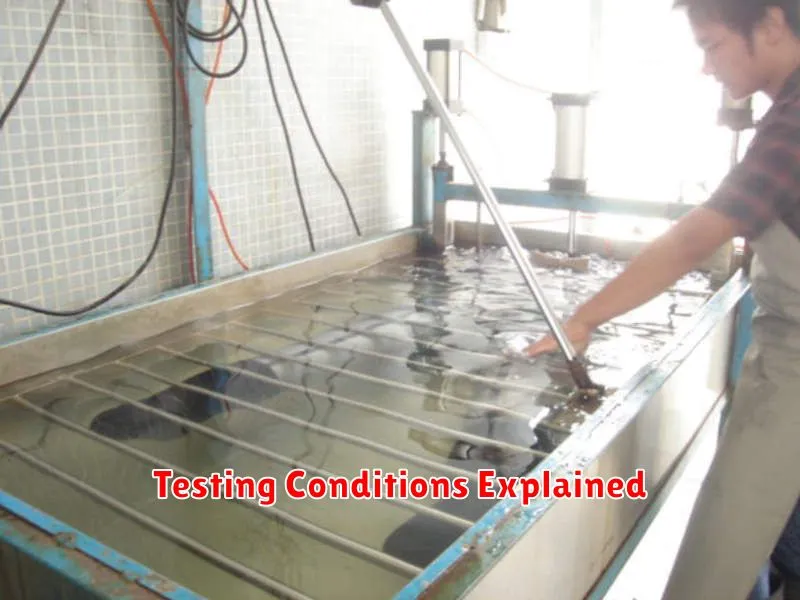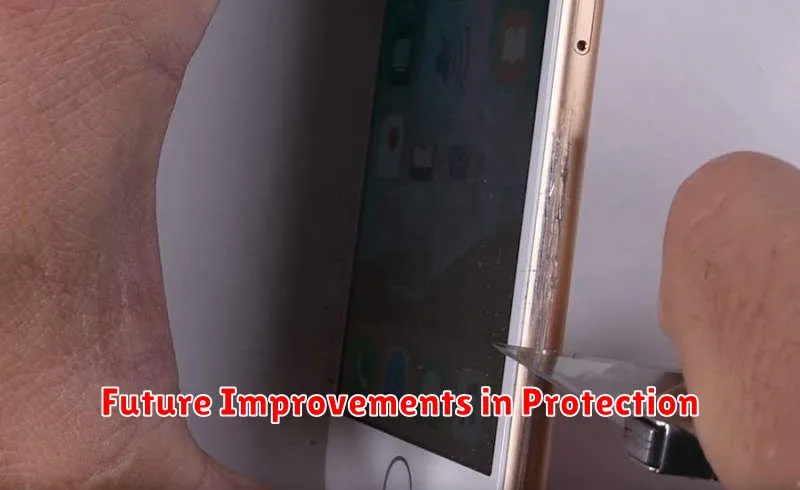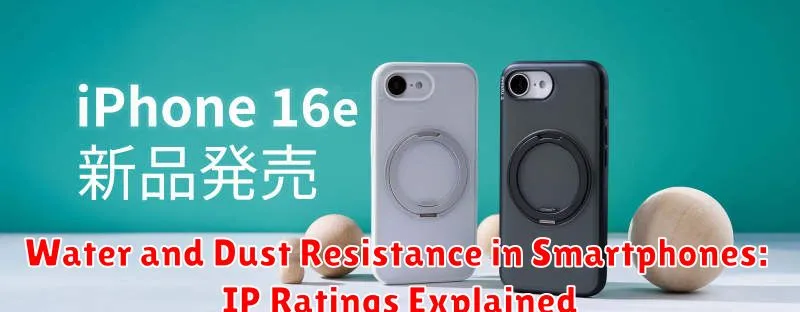In today’s fast-paced world, our smartphones are subjected to a variety of environmental hazards, from accidental spills to dusty environments. Understanding the level of protection your device offers against these elements is crucial. This comprehensive guide delves into the intricacies of water resistance and dust resistance in smartphones, focusing on the often-misunderstood IP ratings system. Whether you’re an adventurer, a frequent traveler, or simply concerned about the longevity of your device, comprehending these ratings can empower you to make informed purchasing decisions and safeguard your investment.
Water and dust ingress can significantly impact the functionality and lifespan of a smartphone. Knowing the difference between water-resistant and waterproof, as well as the various degrees of dust protection, is essential. This article breaks down the meaning behind IP ratings, explaining the two digits that define the level of ingress protection against both solids (like dust) and liquids (like water). We will explore the significance of each rating, providing clear examples and practical advice to help you understand exactly what level of protection your device offers.
What Are IP Ratings?
IP (Ingress Protection) ratings are international standards (IEC 60529) that classify the degrees of protection provided by enclosures of electrical equipment against the intrusion of solid objects (including body parts like hands and fingers), dust, accidental contact, and water in electrical enclosures.
These ratings are presented as a two-digit code. The first digit indicates the level of protection against solid particles, while the second digit indicates the level of protection against liquids.
Understanding IP ratings helps consumers make informed decisions when purchasing devices, especially smartphones, that might be exposed to various environmental conditions.
Understanding IP67 vs. IP68
Both IP67 and IP68 ratings offer strong protection against dust, indicated by the “6.” The difference lies in their water resistance.
An IP67 rating guarantees protection against immersion in water up to 1 meter for 30 minutes. IP68 provides protection against submersion beyond 1 meter, with the specific conditions (depth and duration) determined by the manufacturer. Therefore, while both offer substantial water resistance, IP68 generally signifies superior protection.
Always consult the manufacturer’s specifications for precise details regarding your device’s water resistance capabilities, as an IP68 rating can vary significantly between devices.
Waterproof vs Water-Resistant
The terms “waterproof” and “water-resistant” are often used interchangeably, but they represent significantly different levels of protection. Understanding this difference is crucial when considering a smartphone’s ability to withstand water exposure.
Waterproof implies complete imperviousness to water, regardless of depth or duration of exposure. True waterproofing is rare in consumer electronics.
Water-resistant, on the other hand, signifies that a device can withstand exposure to water to a certain degree, under specific conditions. This resistance is often defined by the IP rating, indicating the level and type of protection offered.
Testing Conditions Explained

Understanding IP ratings requires insight into the standardized testing procedures used to evaluate devices. These tests ensure consistent and comparable results across different manufacturers and models. Controlled environments are crucial for accurate assessment.
For water resistance, tests involve submerging devices at specific depths for defined durations. These tests account for various scenarios like accidental spills and brief submersion. Dust resistance tests evaluate the effectiveness of seals and enclosures in preventing the ingress of fine dust particles.
Everyday Scenarios and Protection
Understanding IP ratings helps consumers choose a smartphone that suits their lifestyle. IP67 rated devices, for example, offer peace of mind against brief accidental submersion, such as dropping your phone in the sink. They are also fully dust-tight, ideal for dusty environments or sandy beaches.
A smartphone with an IP68 rating boasts superior water resistance, often capable of withstanding submersion in deeper water for longer durations, as specified by the manufacturer. Like IP67 devices, they are also completely protected from dust ingress.
However, it’s important to note that these ratings are based on controlled laboratory tests with fresh water. Exposure to other liquids, like salt water, chlorinated pool water, or soapy water, can compromise the seals over time. Always refer to the manufacturer’s guidelines for specific care instructions.
Limitations of Water Resistance
It’s crucial to understand that water resistance is not the same as waterproof. Water resistance is rated under specific conditions and for a limited time. Even with a high IP rating, prolonged submersion or exposure to high-pressure water can still damage your device.
Wear and tear also affects water resistance. Over time, seals can degrade, and drops or impacts can compromise the integrity of the phone’s protective layers. Repairing your device can also affect its water resistance, especially if non-OEM parts are used.
Liquids other than fresh water can pose a bigger threat. Soapy water, salt water, chlorinated water, and other liquids can damage the seals or internal components, voiding any water resistance claims.
Tips to Avoid Water Damage
Even with water-resistant smartphones, it’s crucial to take precautions. Avoid submerging your phone for extended periods, especially in saltwater or chlorinated water. Rinse your phone with clean water if exposed to these substances, then dry it thoroughly.
Be mindful of pressure changes, such as deep diving, which can compromise water resistance. Likewise, high-pressure water jets, like those found in power washers, should be avoided.
Ensure all ports and covers are securely closed before exposure to any moisture. Regularly inspect seals for damage and avoid using your phone if you suspect a compromise.
Warranty Considerations
It’s crucial to understand that water and dust resistance doesn’t automatically equate to full waterproof protection. An IP rating signifies protection against specific ingress levels under controlled laboratory conditions. Real-world scenarios can differ significantly.
Damage caused by liquids is typically not covered under standard manufacturer warranties. While a phone might survive a splash, submersion beyond the rated depth or exposure to high-pressure water jets can lead to internal damage. Always check the specific warranty terms of your device regarding liquid damage.
Furthermore, the IP rating can degrade over time due to normal wear and tear. Factors like dropped devices, exposure to extreme temperatures, and general aging can compromise the seals, making the device more susceptible to damage.
Impact on Phone Design
Achieving water and dust resistance significantly impacts smartphone design. It requires careful engineering and material choices. Sealing is paramount, demanding specialized adhesives and gaskets around ports and seams to prevent ingress. This often leads to fewer moving parts, such as the removal of physical buttons and headphone jacks.
Materials also play a crucial role. The use of durable, water-resistant materials like glass and metal for the chassis becomes more prevalent. Internal components may be coated with protective layers for added security against moisture damage. These design choices can influence the overall aesthetic, size, and weight of the device.
Furthermore, achieving higher IP ratings, such as IP68, usually involves more complex and costly manufacturing processes. This can influence the final retail price of the device.
Future Improvements in Protection

Current IP ratings offer substantial protection, but ongoing research and development continually strive to enhance water and dust resistance in smartphones.
Several areas show promise for future improvements. Nanotechnology coatings are being explored to create superhydrophobic surfaces that repel water even more effectively. These coatings could potentially eliminate the need for physical seals, further streamlining smartphone design.
Self-healing materials could also play a role in future protection, automatically repairing minor scratches and cracks that might compromise water resistance. This technology could significantly extend the lifespan of a device’s protective capabilities.

